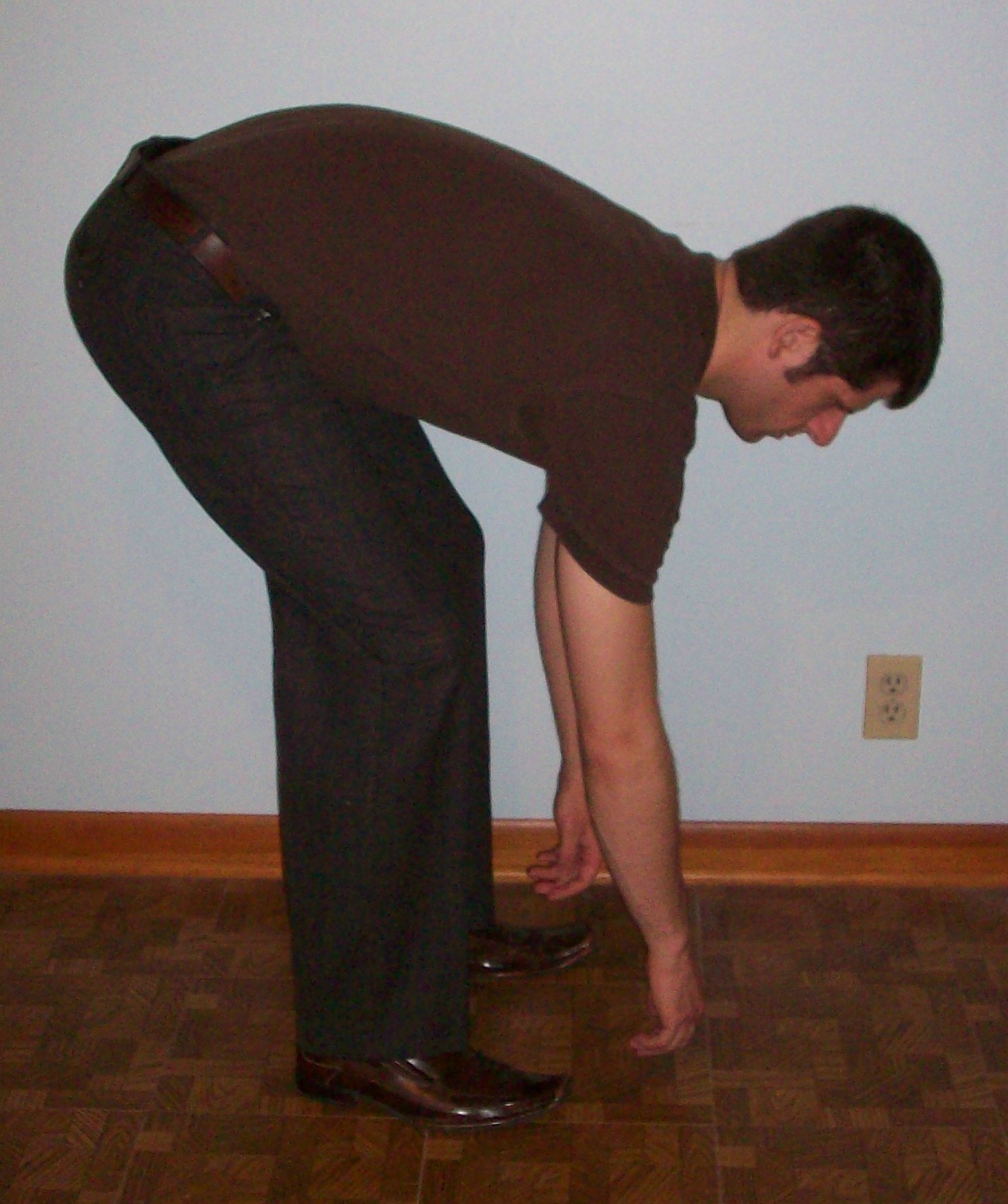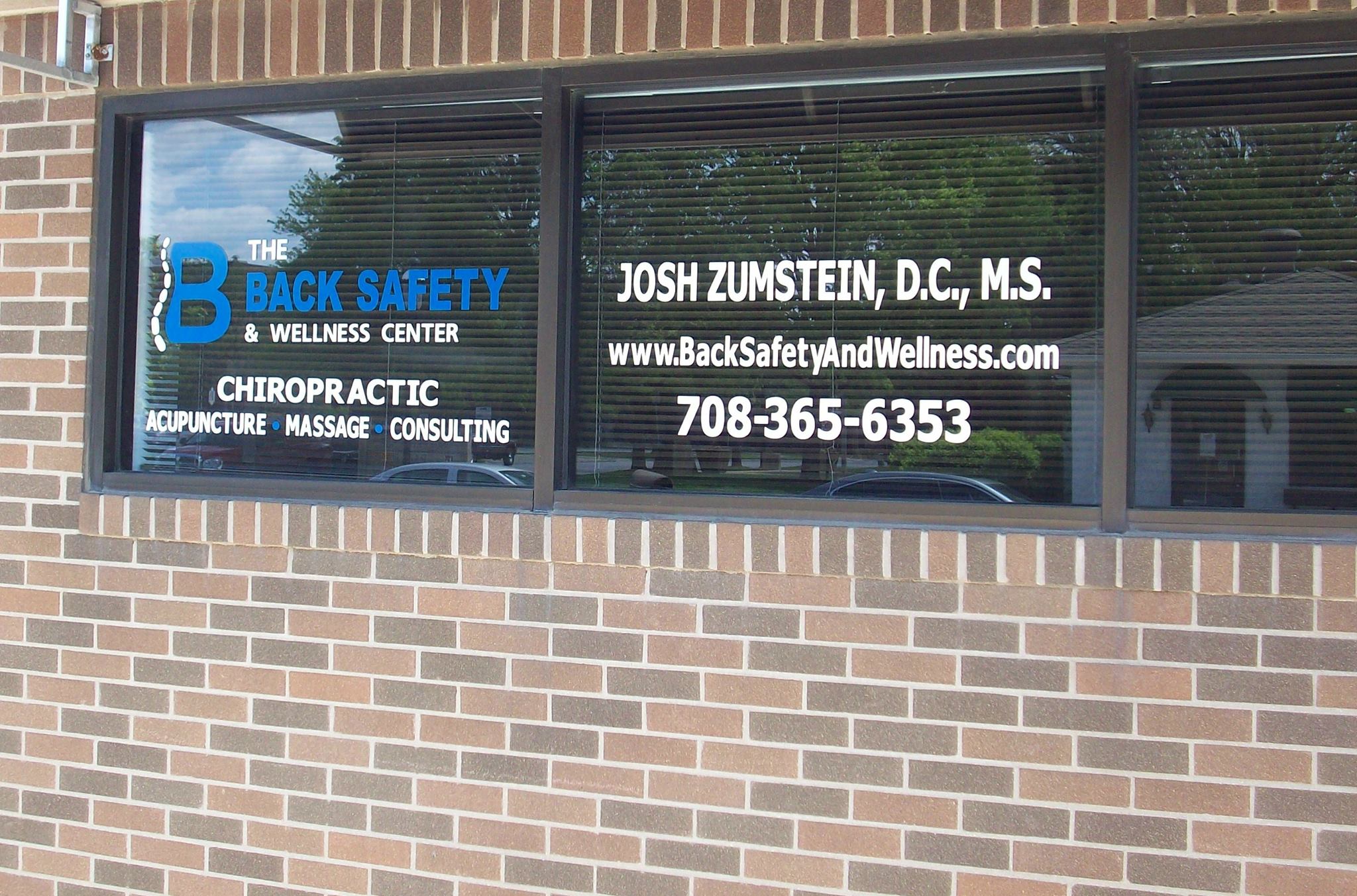THREE BACK PAIN MYTHS AND THE TRUTH BEHIND THEM
1. “I’m too young, and in too good of shape, to get back pain.” Each time I speak to people about back pain, I get the same reaction. People aged 45 and older pay attention to what I say. The people aged 44 and younger couldn’t care less. Why? Because most people believe back pain only affects the elderly or out-of-shape population. This belief cannot be further from the truth. Low back pain is the number one reason people aged 45 and younger seek health care services. The spine is the most frequently injured part of the body in most workman’s comp cases. The discs in between each vertebra, that cushion your spine and provide movement, can start to degenerate before you hit puberty.
Now, close your eyes and think of ten people. It doesn’t matter their age, race, gender, whether they’re in shape, or out of shape, rich or poor. Eight of these ten people will experience back pain at some point in their lives. Pay attention, because it doesn’t matter your age or whether you’re in good shape. You are at risk for back pain.
2. “My back pain will just go away on its own.” Patients entering my clinic frequently come in with the mindset that something very serious is happening to them because they’ve had lingering back pain that won’t go away. Why? Because the majority of people believe their back pain will go away on its own. And, if it doesn’t, it must not be back pain. It must be something more serious. Right? Wrong. Low back pain is typically not self-limiting--it won’t just stop on its own. In fact, almost 50% of people that have back pain will still have pain after one year. And if you’ve already had back pain, you have a 40% chance of getting back pain again within the same year. On a side note, 90% of back pain is usually just a simple backache. Less than two percent of back pain is from a serious spinal problem. Get your back pain fixed. It’s probably not going away.
3. “I know what caused my back pain.” Patients ask me all the time, “What did I do to cause my back pain?” And I’ll say, “Probably what you’re doing now.” Of course, the patient will look at me confused because he/she is just sitting. So why do I say this? Because the majority of back pain (approximately 86%) is caused by repetitive misuse, or doing things the wrong way for a long time. It’s likely your back pain was caused by you performing the same tasks the wrong way for a long time. Think of the spine as a long row of dominoes. Each time you perform a task the wrong way, you knock down one of those dominoes until they all fall down. When this last domino falls, your back “goes out.” It didn’t “go out” because you bent down to put on your shoes last night. Your back went out because you’ve bent down to put on your shoes the wrong way for five years. Your back “went out” because you’ve sat for eight consecutive hours at your job every day. Your back “went out” because you’ve picked up children improperly at a day care every day. Get the point? It’s imperative that you learn the proper way to perform daily tasks and activities so you don’t play dominoes with your spine.

